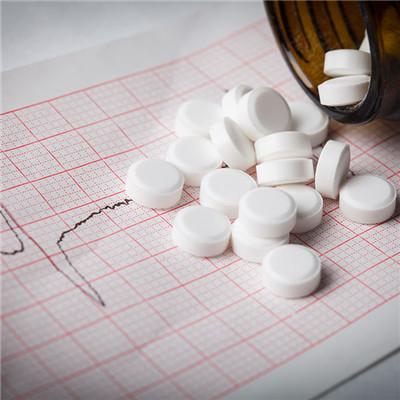What's the matter with the double urethra?
summary
What's the matter with the double urethra? Repetitive urethra is a rare congenital urethral malformation, which is connected with bladder on the dorsal or ventral side besides normal urethra. The two urethras can be connected to the bladder respectively or confluence under the bladder. It can be combined with repeated penis and bladder.
What's the matter with the double urethra?
The occurrence of double urethra is caused by abnormal development of urethra during embryonic development. In the anterior urethra, the fusion of urethral sulcus is often abnormal; in the posterior urethra, the fusion of urethrorectal diaphragm is formed. There is one accessory urethra. Occasionally, there are two, which can be in various forms: the distal opening at the penile head, its proximal end can lead to the bladder or urethra, or it can be a blind end: the proximal opening at the bladder or urethra, its distal end can open at the penile head or the dorsal side of the penis, like hypospadias, can also lead to rectum, perineum, similar to urethrorectal fistula, urethroperineal fistula, or its distal end is a blind end. The accessory urethra can be located on the dorsal or ventral side of the urethra. When the distal end of the accessory urethra is opened at the glans penis, it can be on the dorsal side of the urethral orifice or on its ventral side: it can be arranged in front and back in men and left and right in women. Accessory urethra can be well developed or hypoplastic. The latter lacks sphincter. If its proximal end leads to bladder, urinary incontinence may occur. When the accessory urethra is connected with the bladder urethra, it can urinate and excrete semen simultaneously with the normal urethra, but the discharge is not smooth, and it is easy to be infected. It can also excrete semen without urination, or neither urinate nor excrete semen. Repeated urethra can be complicated with other organ malformations, such as spine, intestine, kidney, ureter, bladder, penis, uterus, vagina and other congenital abnormalities.

The clinical manifestations of repeated urethra are not consistent, which is related to its type. The most common symptom is urinary tract infection, and the urinary flow of the accessory urethra is not smooth, so the infection of the accessory urethra often occurs. Because the focus is hidden, it is often a focus of chronic urinary tract infection. In type I and type II double urethra, the internal orifice is connected with the normal urethra, and the external orifice is at the same time. When urinating, the urine is discharged from the two urethral orifices, which is double stranded. The urinary line of the accessory urethra is thin, and some only drip a few drops. The accessory urethra can micturite, also can excrete sperm, some only excrete sperm without micturition. Type III repeated urethral micturition, perineal leakage or rectal micturition. If the proximal end of the accessory urethra is blind and not connected with the urethra, only the external orifice of the accessory urethra can be seen, neither urinating nor ejaculating. If the distal end of the accessory urethra is the blind end and the secretion accumulates after infection, the accessory urethra will expand into a cystic shape, like a urethral diverticulum. When the opening of the accessory urethra is at the back of the penis, the distal end of the urethral orifice is in the shape of a cord, which is the same as that of the supraspadias. When the penis is erect, it bends to the dorsal side, affecting the sexual life.

Patients with type I accessory urethra without symptoms should not be treated; Mild infection can be treated with antibiotics. If the symptoms are serious, the accessory urethra can be excised or cauterized by electrocoagulation, and sclerosing agent can be injected to seal the accessory urethra, but it can aggravate the penile curvature and cause penile erection pain. If the external orifice of type II accessory urethra is at the head of penis, the interval between the two urethras can be cut to make the two urethras become one. If the accessory urethra is open to the penis, the distal urethra is cord shaped. If there is penile deformity, cord shaped urethrectomy should be performed to correct penile curvature. Type II accessory urethra leading to perineum can be resected simply. If it leads to rectum, the accessory urethra can be removed and urethrorectal fistula repaired.

matters needing attention
There are many theories, but each theory can not explain all types of causes, so the disease can not be directly prevented. Early detection, early diagnosis and early treatment are of great significance for the indirect prevention of the disease. Regular examination should be done during pregnancy. If the child has the tendency of abnormal development, artificial abortion can be selected for severe children after B-ultrasound, so as to avoid the birth of sick children.












